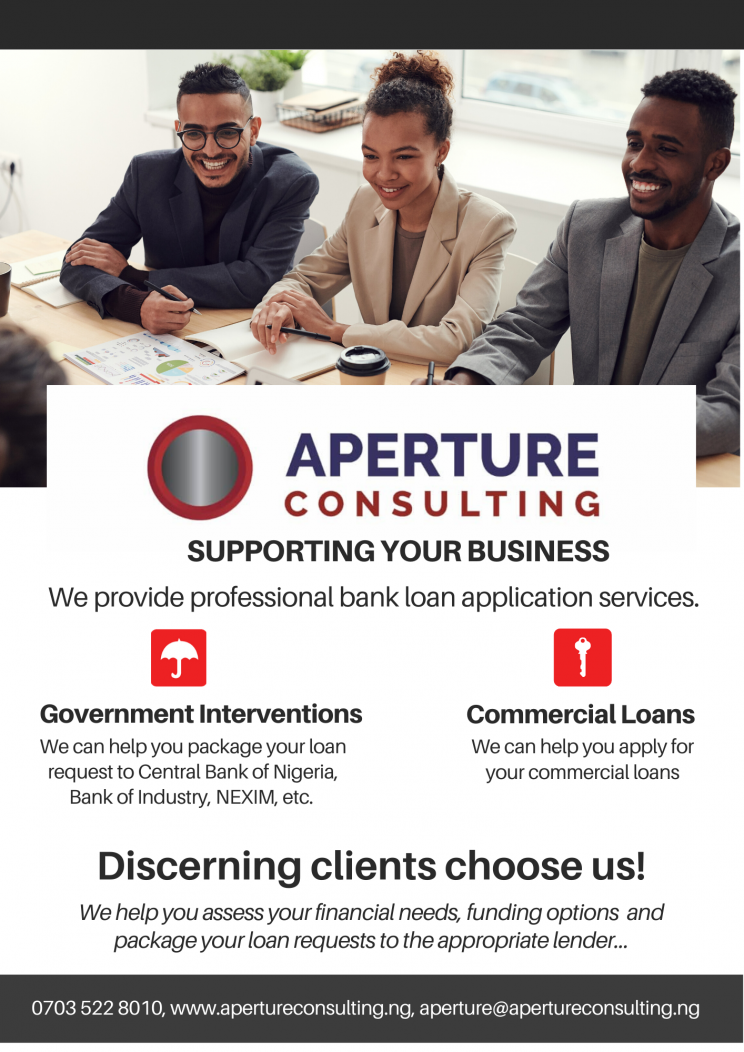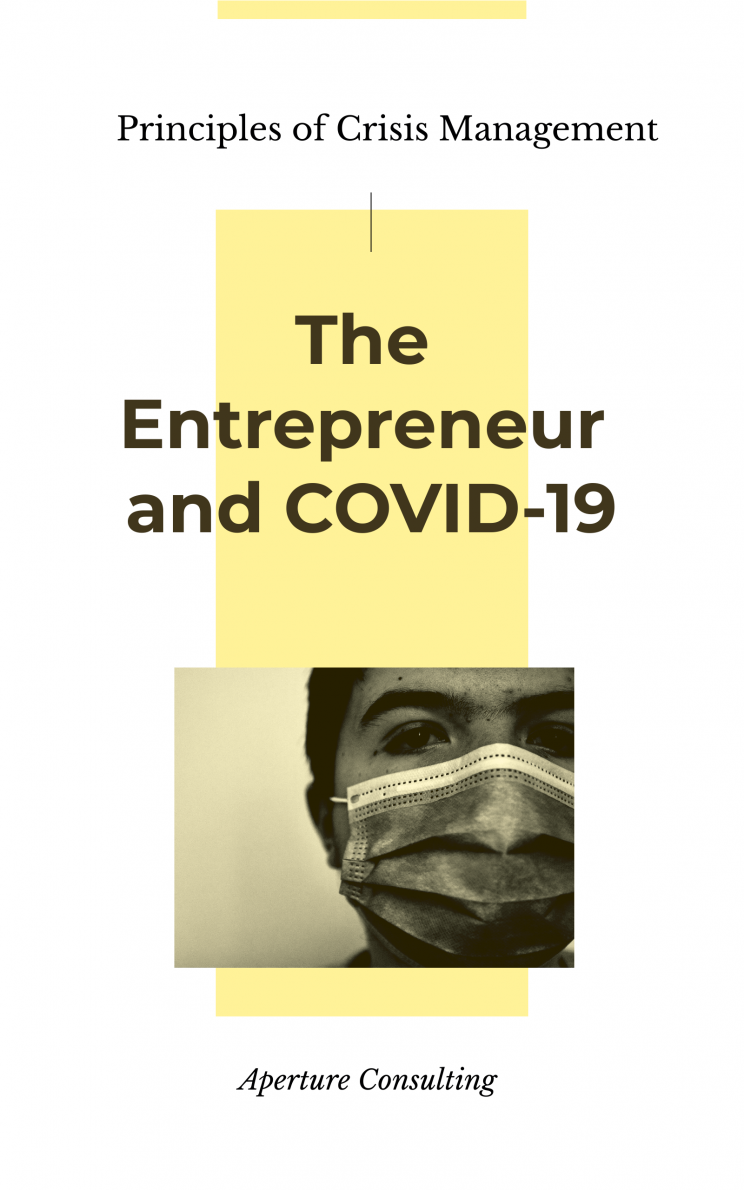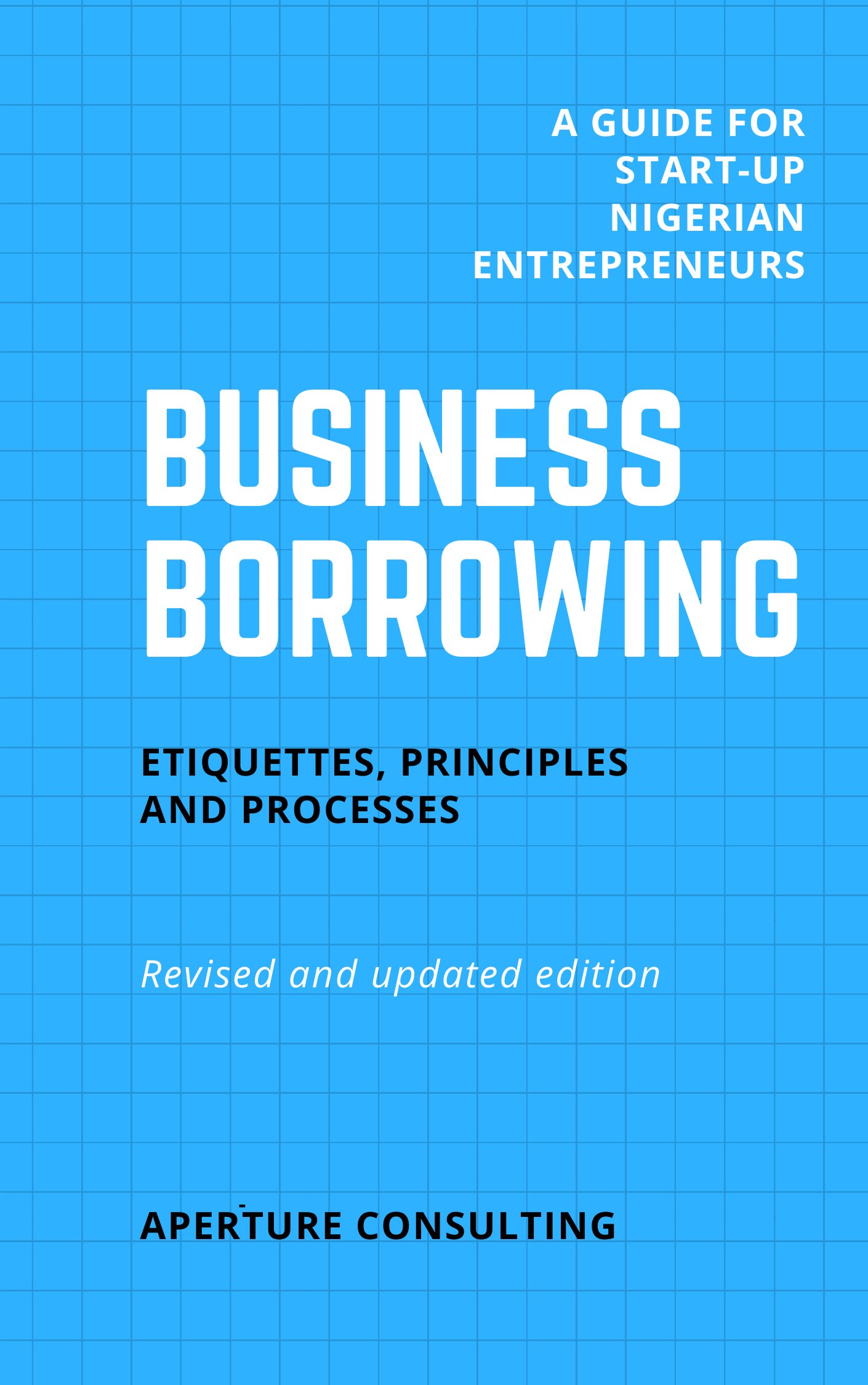“I Am Convinced That Nothing We Do Is More Important Than Hiring And Developing People. At The End Of The Day You Bet On People, Not On Strategies.”– Lawrence Bossidy
 For an entrepreneur wishing to start or grow his existing business, he should realise that no resource is as critical as the human capital. The staffing process should therefore be taken with the utmost seriousness it deserves. Your staff will make it possible for you to achieve the ‘impossible’. They can also make the possible simply impossible. How you acquire, deploy, develop and retain your staff will be key to your success.
For an entrepreneur wishing to start or grow his existing business, he should realise that no resource is as critical as the human capital. The staffing process should therefore be taken with the utmost seriousness it deserves. Your staff will make it possible for you to achieve the ‘impossible’. They can also make the possible simply impossible. How you acquire, deploy, develop and retain your staff will be key to your success.
In politics and the military, as well as sports and business, the extent of success of managers is significantly determined by how well they are able to select, deploy and retain the best hands possible. It is therefore very important that you develop a ‘nose’ for getting the best employees that will help you achieve your organisational objectives. Effective staffing will lead to initial survival, profitability and subsequent growth. If handled properly, it will lead to self-actualisation for all members and the ultimate, and on-going, achievement of the purpose for which the enterprise was created. How, therefore, do you best go about staffing your organisation for long-term success?
First understand the process: Staffing involves about four inter-related processes viz:
- Manpower requirement estimation: You conduct work load analysis, workforce analysis, and compare the two to determine the number and type of employees that will be required over a period,
- Recruitment: Identifying, short-listing and interviewing candidates for employment in your organisation. The objective is to acquire the best hands and brains possible,
- Placement: Appropriately deploying the employees selected for the maximum productivity of the organisation,
- Training and Developing: To continuously improve the knowledge base and skills of your employees so as to enhance their competence,
- Other relevant issues will also include compensation management, performance appraisal, promotions and career planning etc.
 For the purposes of this post, we will primarily focus on the recruitment and placement processes. But before I summarise what actions you need to take to effectively recruit and place employees, first consider the following:
For the purposes of this post, we will primarily focus on the recruitment and placement processes. But before I summarise what actions you need to take to effectively recruit and place employees, first consider the following:
- Realise that recruitment is an expensive process. You should therefore have a clearly defined process that will ensure maximum yield of your investment by getting the best employees possible within the shortest realistic time possible,
- Engaging employees is very expensive and will immediately burden you with substantial fixed costs. You have to therefore be absolutely sure of your manning requirements to avoid over-commitment,
- Ensure that you understand employment and labour laws. Make sure that no matter the type of engagement you may adopt in a particular situation, you are in full compliance with the applicable laws,
- You can outsource a number of functions, such as keeping your accounts, payroll, house-keeping etc. The trick here is to ensure that the benefits outweigh the costs without compromising quality and timeliness,
- Consider maximising the use and application of existing resources before planning the engagement of more employees. Sometimes certain vacancies can be filled from within the organisation. Such transfers and promotions can indeed go a long way in further motivating your staff,
- At initial stages of your business, you will need compatible people with entrepreneurial mindset, as there will be long days and short nights for everyone! You need those who will be excited with those eventualities. Note that compatibility here does not necessarily mean thinking alike (this can even kill creativity!). It just means that you must all share a passion for the vision,
- Ensure that the employment options you adopt offer you the flexibility to upsize or downsize in tandem with opportunities (or lack of), easily and at minimum costs. This should however be done without loosing the loyalty and commitment of the employees. Being fair, clear and forthright are key,
- After all due considerations, you should then create a strategic staffing plan. The idea is for you to know the staffing requirements at any point in the future in line the company’s growth plan. The staffing plan is to detail the number and type of employees; when they will be required; for which positions etc.,
- In recruiting your employees, you can consider engaging the services of a Recruitment Agency if it offers valuable service. A word of caution here though: Even if engaging a professional agency, you must be involved and be satisfied with the process. It is not for you to abdicate your responsibility. At the end of the day, you will bear the cost of any placement failures,
- You can also, of course, embark on the recruitment directly. You can quite easily get a shortlist of candidates from the the introduction of colleagues, friends, family, and acquaintances. You can also advertise in the appropriate media. In this case, just be sure that your interview and selection team has the expertise to do a through job. You do not want any avoidable errors. If possible you can engage a friend who is a professional or hire an expert to lead your selection team and advise,
- You must not compromise on competence and dedication. You will need people with a lot of skills, knowledge, and emotional strength to successfully pass through the initial stages. The initial difficulties you go through is exactly what you need to be able to go through various challenges that will confront your enterprise as you grow. Going through these difficulties with the right people at the beginning will come to your good stead in the future,
- Consider engaging temporary employees available from various sources. This can reduce your total costs without compromising standards,
- In certain situations, you could also hire part-time workers. This can also keep your costs down. Both temporary and part-time employees that prove themselves should be given the chance to be employed on a full time basis (if required and if that does not violate any term of their existing engagement),
- No matter the type of engagement, you should ensure that the terms of contract are clear to all parties. Do not keep anything in so-called ‘fine print’. As in all matters, in dealing with your staff, forthrightness will engender mutual respect and even loyalty. This will positively correlate with productivity,
- No matter the option or options you adopt to engage employees, it is absolutely necessary that you provide responsible leadership. If you are able to keep your very good hands working together, you will be on the way to success. As Henry Ford said ‘Coming together is a beginning; keeping together is progress; working together is success‘,
Once you are clear with the issues raised above, you can then go into the following details next:
- Establish your job and man specifications (this should have been part of your strategic staffing plan anyway). This is to enable you be able to specifically contrast candidates against positions they will be considered for. The greater the congruence and fit the more likely the chance that the candidate will do well if employed,
- Short-list candidates that meet the requirements. The candidates will then be invited for necessary tests, interviews and discussions. This process must be through and detailed. Do not rush through it and involve all those with interest in the recruitment such as the line managers and supervisors,
- Placement: After the tests and interviews, you can then invite the candidates that meet your requirements to negotiate further the details of a possible contract. Once you agree terms, you can then make an offer to the candidate. Sometimes, organisations make an offer to candidates on a ‘take it or leave it’ basis. I think this is not the best way. You may succeed in getting the employee, but he may be planning his exit faster than you can imagine. This can bring unnecessary and even avoidable disruptions and costs. It is better to negotiate and mutually agree before an offer is made.
Never loose focus on getting competent employees, motivating and fully engaging them. If you are able to do these, they will be happy and in turn make your customers happy. Your enterprise then stands a very good chance of succeeding. Remember this:
“Great Vision Without Great People Is Irrelevant.” – Jim Collins















